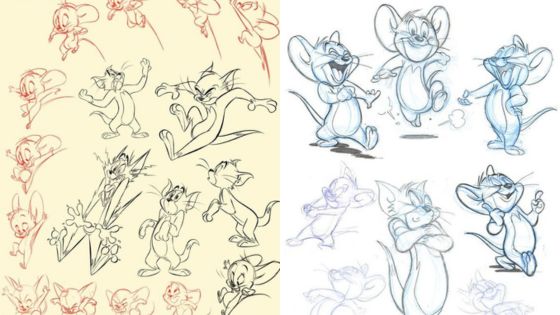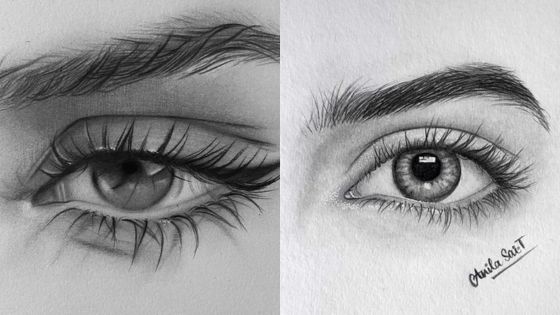Looking for fresh ideas to boost your figure drawing skills? You’re in the right place! Drawing people can be challenging, but with some creative ideas, you can make it fun and engaging.
This article will explore some creative and fun figure drawing ideas to help you improve your skills and stay inspired. Whether you’re a beginner or an experienced artist, there’s something here for everyone to try. Get your sketchbook ready and let’s dive into the world of figure drawing!
1) Gesture Drawing
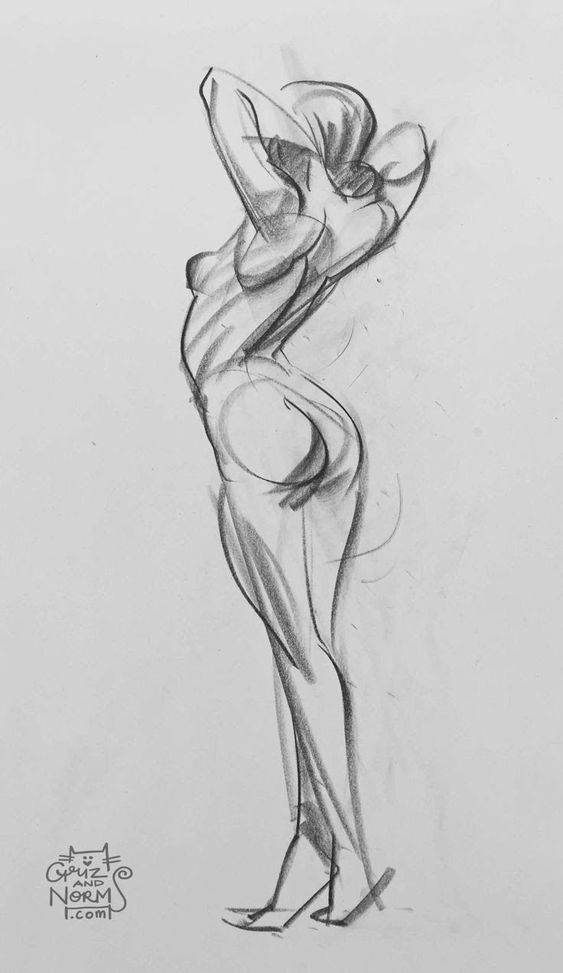
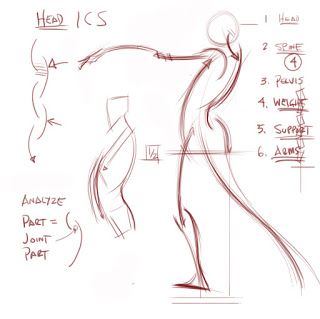
Gesture drawing is all about capturing the action of the figure. It’s not about details or perfect lines. It’s about the overall movement and flow.
Artists usually focus on the basic shapes and lines. They try to show what the figure is doing. Often, they work quickly, sometimes just a few seconds per drawing.
The goal is to get the essence of the pose. This makes gesture drawing great for warming up. It’s also useful for studying how the body moves.
People often use loose lines in gesture drawing. This helps to keep the drawing looking lively and free.
Anyone interested in figure drawing should try gesture drawing. It helps to improve speed and confidence.
2) Contour Drawing
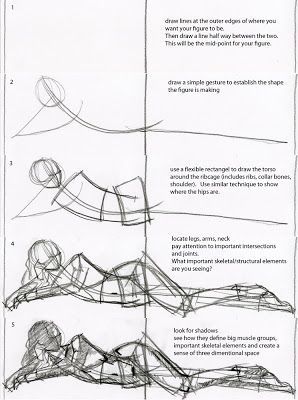
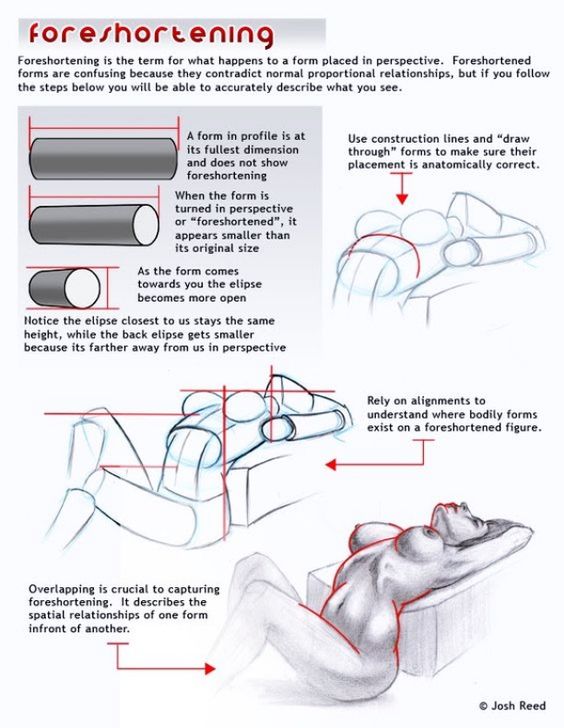
Contour drawing focuses on the outline of an object or figure. It helps artists capture the shape and proportions without worrying about details. This technique builds hand-eye coordination and makes you see the form better.
To start, choose a simple subject. It could be a hand, a face, or even a piece of fruit. Use a single, continuous line to trace the outer edges. Don’t lift your pencil off the paper.
One popular method is blind contour drawing. In this, you look only at the subject, not at the paper. This can feel strange but it improves observation skills.
You don’t need fancy tools. A basic pencil and paper work fine. Just focus on the outline and let your hand follow what your eyes see.
Contour drawing is great for beginners and seasoned artists alike. It encourages you to observe and draw what you actually see, not what you think you see.
3) Figure Sketching
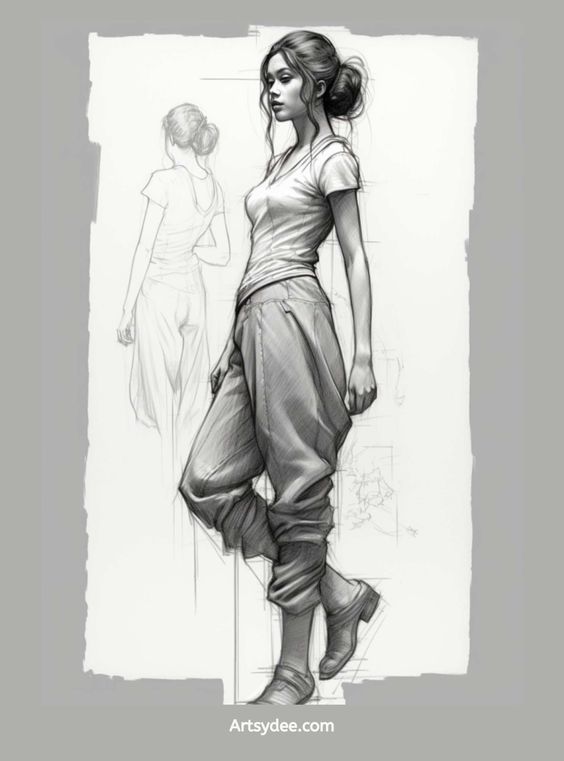
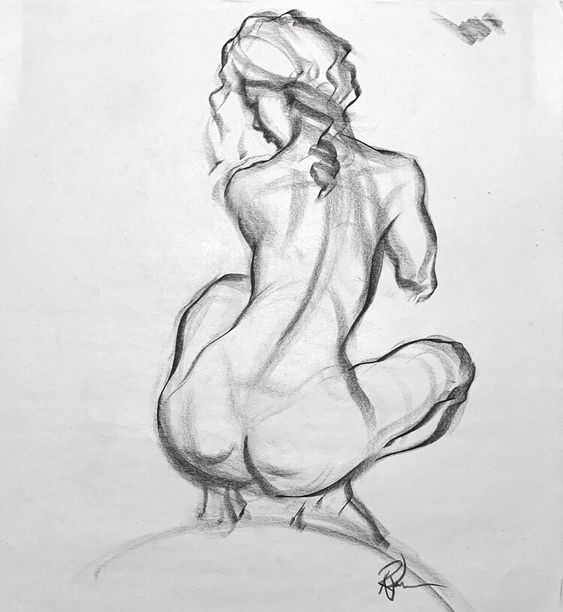
Figure sketching is all about capturing the human form quickly. Artists often use simple lines and shapes to represent the body. This helps to focus on proportions and movement.
It’s great for practicing anatomy. He can learn how muscles and joints work together. Sketching also allows her to experiment with different poses and angles.
Anyone can start with basic tools like pencils and paper. They don’t need fancy materials to get going. Simple stick figures can be the foundation.
Figure sketching is useful for planning larger works. It lets artists see what compositions will look like. This can save a lot of time later on.
They can also use reference photos or live models. This gives a realistic guide for the sketches. Plus, it’s fun to see how quick sketches turn into detailed drawings.
4) Action Poses
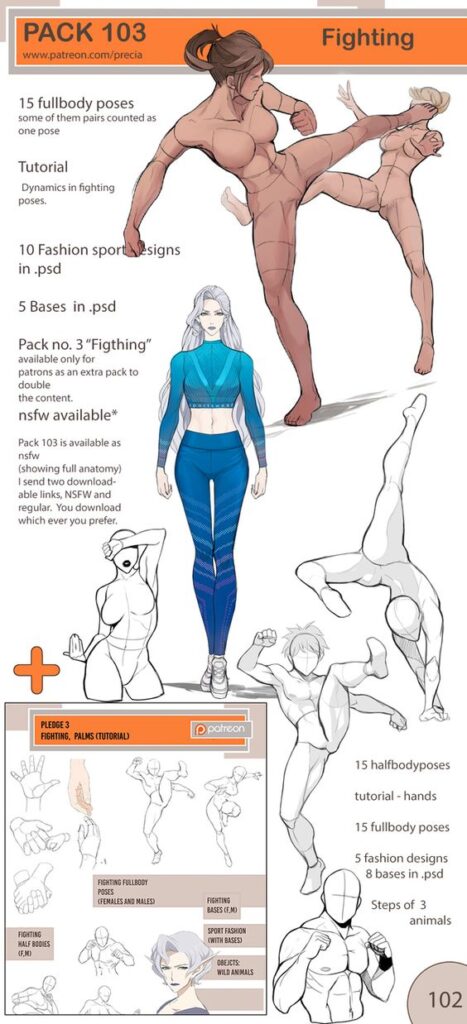
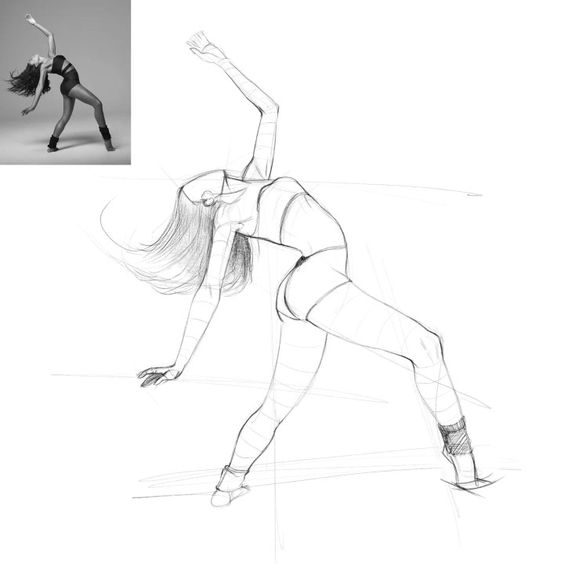
Drawing action poses can be really exciting. They show movement and energy. Think about people running, jumping, or even fighting. It’s a great way to practice different angles and perspectives.
Start with a simple pose, like someone throwing a ball. Notice how the body twists and the arms extend. Action poses often have lots of lines that show direction and force.
Try sketching a superhero in mid-flight. Look at how their body stretches forward while their cape flows behind. These poses help you understand how different parts of the body move together.
Dancing is another fun action pose. Imagine someone spinning or leaping. Pay attention to how their legs bend and their arms move to keep balance.
Don’t forget about everyday actions too. Drawing someone riding a bike or skateboarding can be just as interesting. It can help you see how joints and muscles work during activity.
Experiment with different types of movement. From sports to dance to simple daily activities, action poses offer endless opportunities for creativity and learning.
5) Anatomy Studies
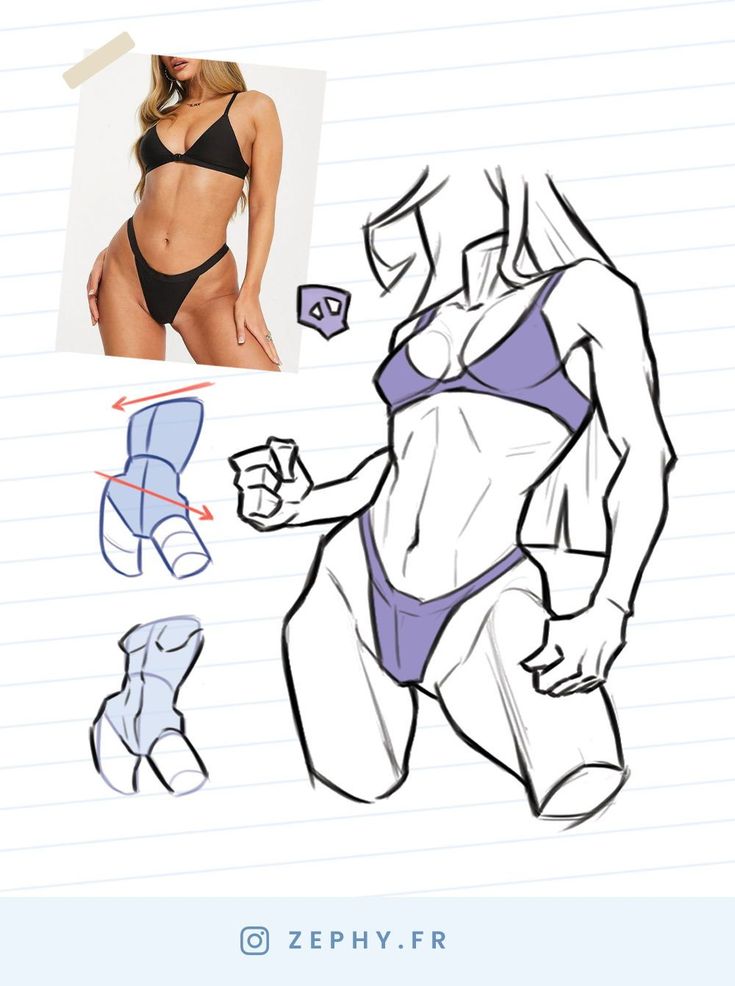
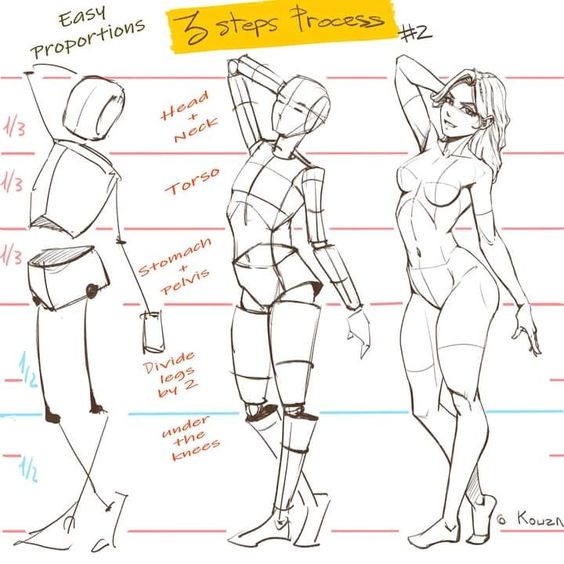
Anatomy studies are crucial for artists who want to draw realistic figures. They help you understand muscle structure and bone placement.
For beginners, start with simple shapes. Sketch the basic skeleton first. Then move on to muscles. Using reference images can be really helpful.
More advanced artists might study specific body parts. Focus on hands, feet, or the head. This will improve your detail and accuracy.
Anatomy books and online resources are useful. They provide detailed diagrams and explanations. Regular practice is key.
Drawing from life is another great method. Attend figure drawing classes or use online models. The more you practice, the better your anatomy skills will become.
6) Dynamic Poses
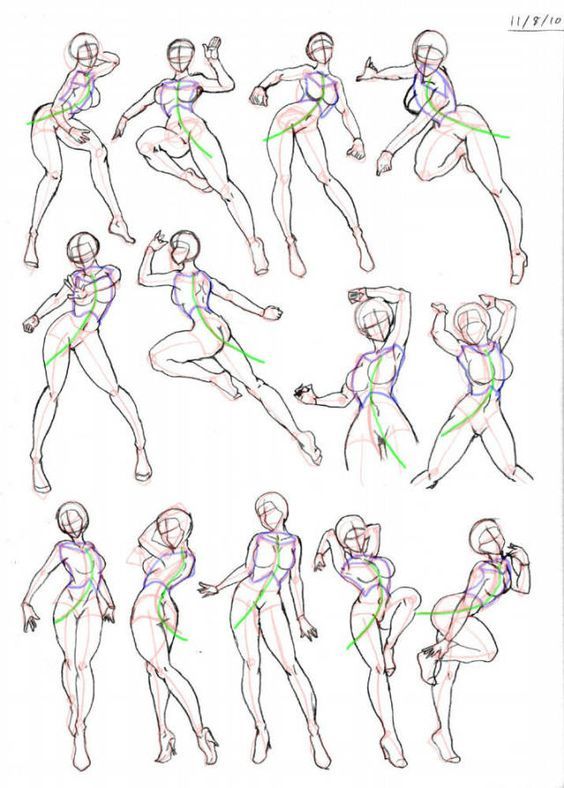
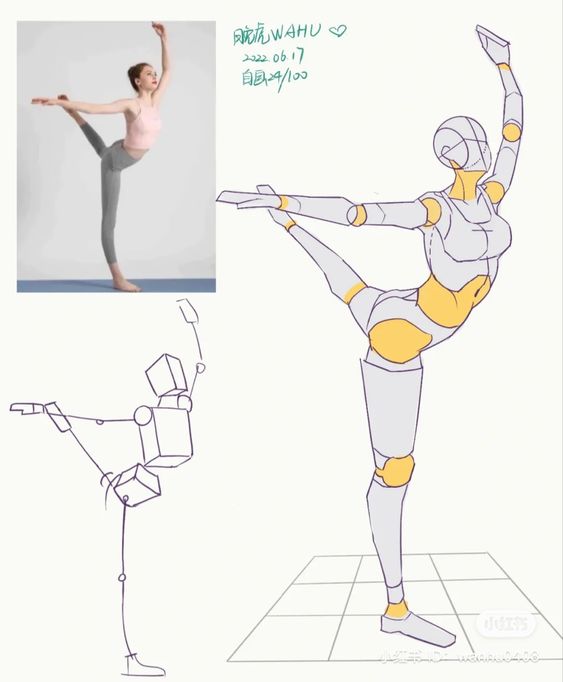
Dynamic poses are all about capturing movement. Think of a dancer mid-leap or an athlete in action. These poses add energy and life to drawings.
One way to practice dynamic poses is to quickly sketch from action movies or sports videos. Pause the video at an exciting moment and try to capture the pose.
Using curved lines can help show movement. For instance, a line of action can run through the figure to guide the flow of the pose. It’s like the spine of the pose, showing how the body is moving.
Another tip is to make the poses feel unbalanced. Instead of standing straight, the figure might be leaning or twisting. This makes it more interesting.
Studying real-life examples can help too. Observe people in everyday activities, like running, jumping, or even picking up objects. Try to sketch these moments quickly.
Also, remember to exaggerate the actions slightly. Bigger gestures can make the pose more dynamic and engaging. Don’t be afraid to push the limits of the figure’s movements.
Dynamic poses can be challenging, but with practice, they become easier. They are a great way to bring more excitement and energy into figure drawing.
7) Foreshortening Practice
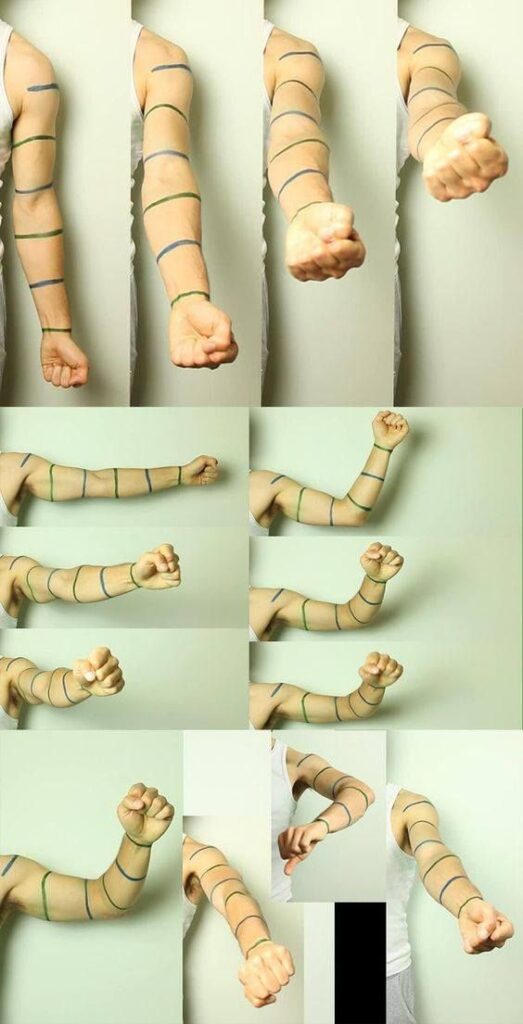
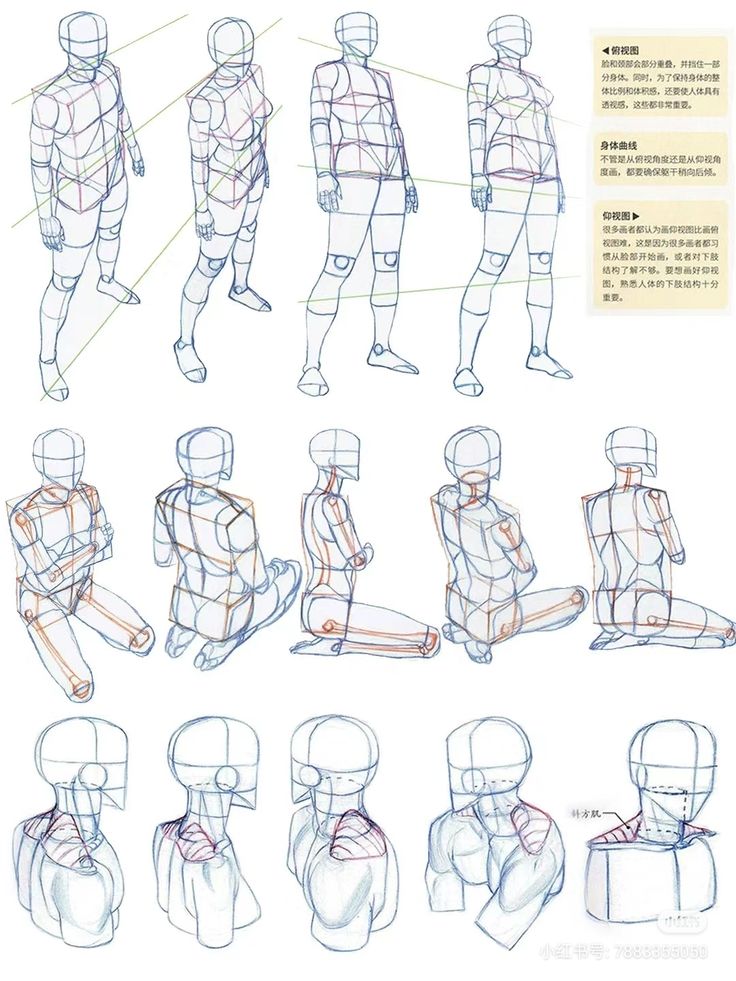
Foreshortening makes parts of the body look shorter or longer to show depth. This technique helps drawings look more real.
Start with simple shapes. Try drawing a cube or cylinder from different angles. Notice how parts look different depending on the angle.
Move on to drawing arms and legs. Have the limb pointing toward the viewer. Pay attention to how parts closer seem larger, and those farther away seem smaller.
Practice with photos. Find pictures that show foreshortening. Draw what you see, focusing on how parts of the body change with perspective.
Try timed sketches. Set a timer for two minutes. Draw a foreshortened pose quickly. This builds confidence and speed.
Switch up your poses. Don’t stick to one type of foreshortening. Experiment with different positions and angles to really test your skills.
For a challenge, draw a foreshortened figure interacting with objects. This adds complexity and makes the scene feel more alive.
8) Silhouette Drawing
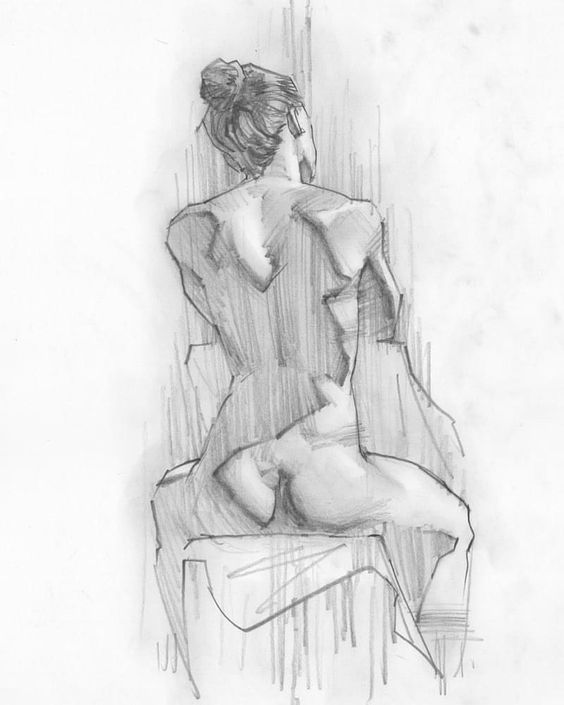
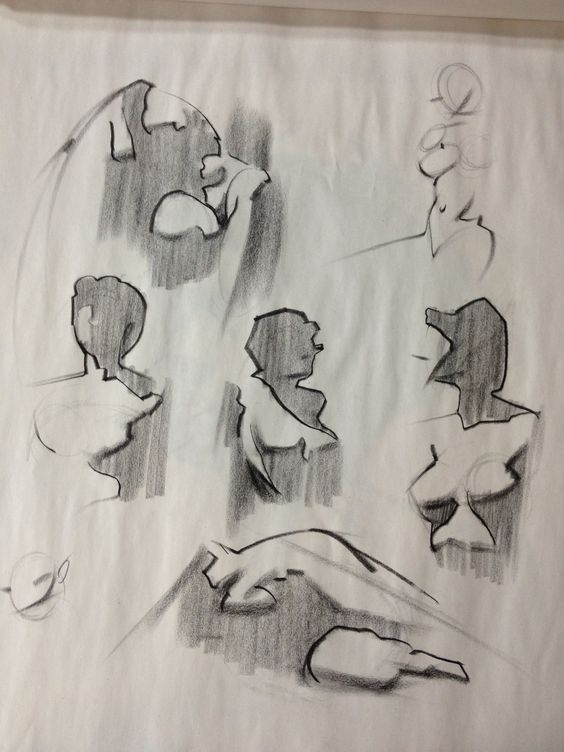
Silhouette drawing focuses on the outlines of a figure, capturing just the shape without interior details. This type of drawing can be a great way to simplify and learn the basic poses of a figure.
They can use black paper or a dark marker to create strong contrasts. This can help in noticing the figure’s overall shape and movement.
They might find that working with silhouettes helps them improve their understanding of proportions and balance. It’s also a fun way to practice capturing the essence of a pose quickly.
9) Quick Sketches
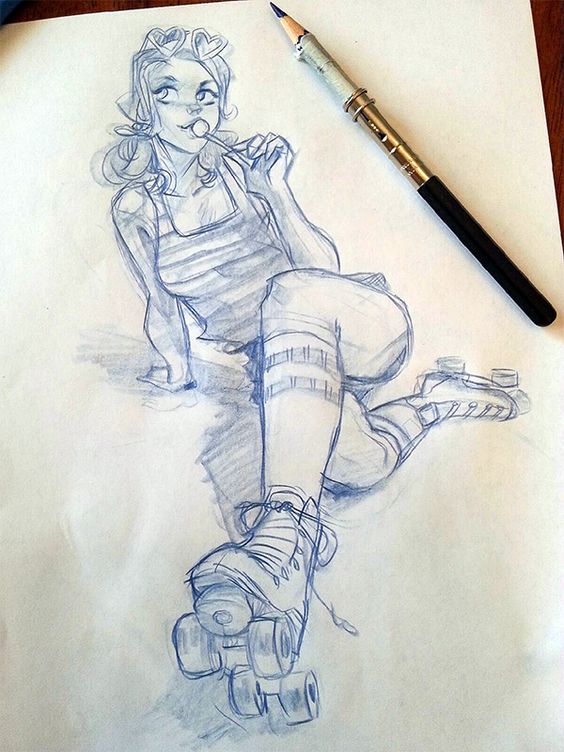
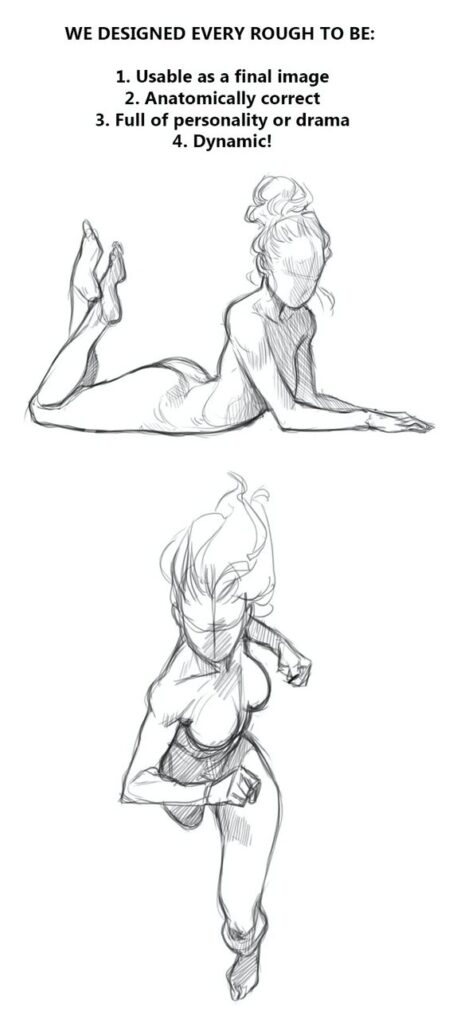
Quick sketches are great for capturing the essence of a pose. They don’t require too much detail. The focus is on the basic shapes and flow.
These sketches are excellent warm-ups. Artists can use them to practice and loosen up before working on more detailed pieces.
Time yourself to keep it fast. Spend just a few minutes on each sketch.
This method helps you see the major forms and action lines. You learn to simplify and prioritize what’s important in a figure.
Try using different tools. Pencils, pens, or even digital brushes can all work well. Mix it up to see what you like best.
Quick sketches are also fun because they’re low pressure. Since they are supposed to be rough, you don’t need to worry about making them perfect.
It’s a good idea to do quick sketches every day. It keeps your skills sharp and helps you improve over time.
Look for life drawing sessions or online references. These can provide plenty of variety and inspiration for your sketches.
10) Detailed Shading
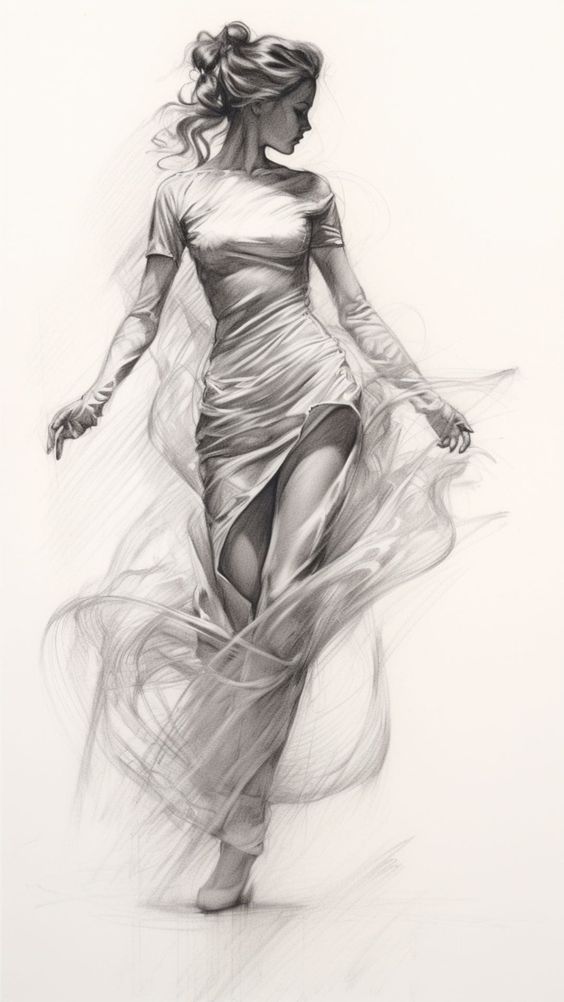
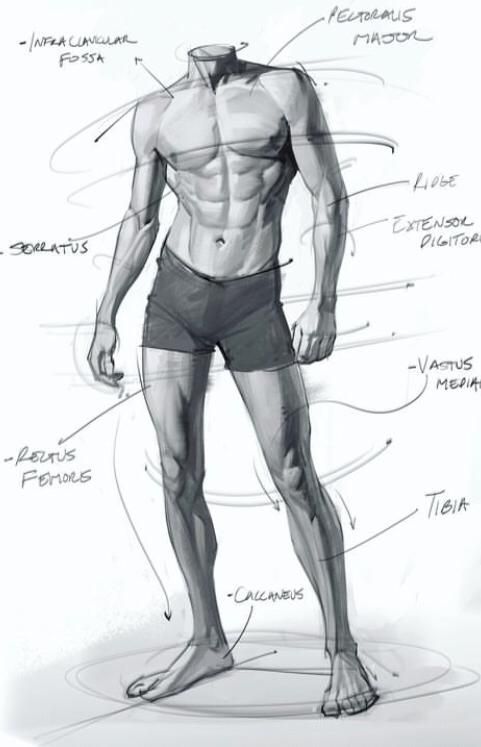
Detailed shading can bring a figure drawing to life. It adds depth and makes the figure look three-dimensional. Start with light pencil strokes to block in the shadows.
Once the basic shadows are in place, you can start to darken them. Use a softer pencil for this step. This helps in blending shadows seamlessly.
Pay attention to light sources. Knowing where the light is coming from will guide where the shadows and highlights should be. Use an eraser to create highlights.
Texture can also be added through shading. Think about the surface of the skin or the materials the clothing is made from. Use different shading techniques to achieve different textures.
Crosshatching is one method for detailed shading. It’s great for creating gradients. Another technique is stippling, which uses small dots. This suits areas needing a softer shadow.
Practice is key. Keep experimenting with different pencils and techniques. Detailed shading takes time, but it’s worth it. Every drawing will get better with practice. Shading can transform a simple sketch into a masterpiece.
Basic Techniques
Start with Simple Shapes
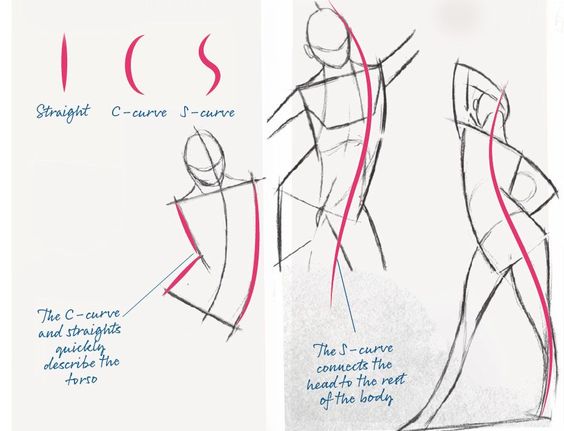
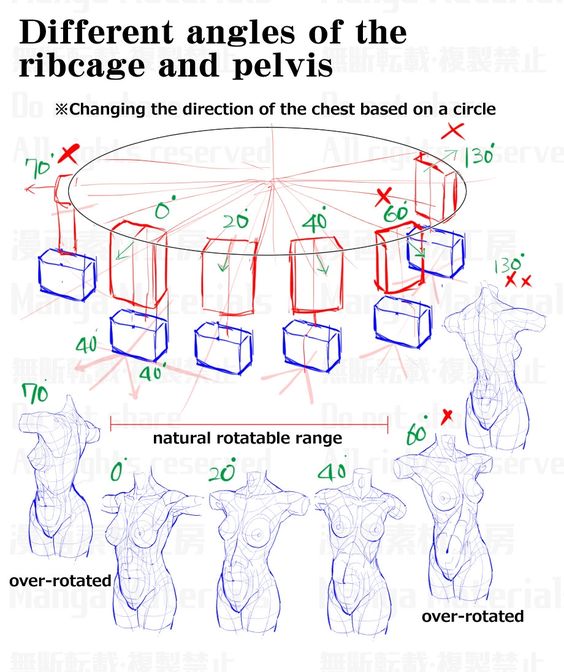
Artists can begin with basic shapes like circles, squares, and triangles. These help map out the proportions of the figure.
Use Guidelines
Drawing light guidelines helps keep the figure balanced. Think of these as the skeleton of the drawing.
Focus on Proportions
Getting proportions right is crucial. Start by measuring the head and use it as a unit to measure the rest of the body.
Practice Gesture Drawing
Quick, loose sketches capture the action and flow of poses. These should take no longer than 1-2 minutes each.
Study Anatomy
Understanding bones and muscles helps in drawing more realistic figures. Books and online resources can be useful.
Add Details Gradually
Start with the bigger body parts and slowly add smaller details. This ensures that the main structure is solid before you get into minutia.
Use Reference Images
Photos and live models can offer a clear understanding of how the body moves and looks in different poses.
Experiment with Shading
Shading adds depth. Practice with light sources coming from different directions to see how shadows and highlights change.
Keep Practicing
Regular practice makes a big difference. Even short daily sketches can improve skills over time.
Tools Matter
Using the right pencils, erasers, and paper can make the drawing process easier and more enjoyable.
Drawing Tools And Materials
Using the right tools and materials can make a huge difference in your figure drawing journey. Key elements include selecting the proper pencils and paper.
Choosing The Right Pencils
Pencils come in various hardness levels, from HB to 6B and beyond. Hard pencils (H) create thinner, lighter lines, perfect for detailed sketches.
Soft pencils (B) offer darker, thicker lines and are excellent for shading.
Having a range of pencils is helpful. An HB pencil is good for initial outlines. Try using a softer 4B or 6B pencil for shading and adding depth. Mechanical pencils work well for precise lines.
Keeping a sharpener and eraser nearby is also a must. A kneaded eraser is great for lightening areas without leaving residue.
Different Types Of Paper
Paper quality can also impact your drawings. Smooth paper like Bristol board is ideal for fine details. It has a tight, smooth texture that prevents smudging.
Medium textured paper is more versatile and works well with both pencil and charcoal.
Cheap newsprint is good for quick sketches but doesn’t last long.
Paper weight matters too. Heavier paper (over 70 lbs) can handle more erasing and layering. Look for paper that’s acid-free to avoid yellowing over time. Sketchbooks with perforated pages make it easy to remove and frame your work.
Understanding Anatomy
Learning anatomy helps improve figure drawing by making it more realistic and accurate.
Proportions And Measurements
Getting proportions right is the key to good figure drawing. Proportions refer to the size of one body part in relation to another. For example, an average adult head is about one-eighth of the total body height.
A useful tip is to use the head as a unit of measurement. The body can often be broken down as follows:
- Head to shoulders: About two heads wide
- Torso length: About three heads long
- Legs: Around four heads long
Knowing these measurements can make drawing easier and more accurate.
Common Mistakes To Avoid
A common mistake in figure drawing is making limbs too short or too long. Arms usually reach mid-thigh when relaxed. Another mistake is ignoring body symmetry.
When drawing, keep an eye on the body’s natural balance. Left and right sides should align closely. Lastly, avoid stiff poses. Bodies are flexible; adding a slight curve to the spine or bend to the arms makes figures more lifelike.
Frequently Asked Questions
This section answers common questions about figure drawing, offering practical tips and resources to help artists improve their skills and find inspiration.
What are some beginner-friendly figure drawing exercises?
Beginner-friendly exercises include gesture drawing, contour drawing, and basic figure sketching. These exercises help artists get comfortable with shapes and proportions. They also improve the ability to capture movement quickly.
Can you suggest some easy steps to start drawing figures?
First, start with simple shapes like circles and ovals to outline the head and body. Next, add lines for the limbs. Then, sketch the basic forms before adding details. Practicing this process regularly will build confidence and skill.
What are good poses to practice for figure drawing?
Good poses to practice include standing, sitting, and walking. Artists can also try action poses like running or jumping. These variations help in understanding balance, weight distribution, and movement.
How can I draw a figure quickly and effectively?
To draw a figure quickly, focus on gesture drawing. Start with quick, flowing lines to capture the overall movement. Avoid getting stuck on details at first. This technique helps in developing speed and a natural feel for the figure’s motion.
Where can I find free models for figure drawing practice?
Free models can be found on websites offering royalty-free images or life drawing sites. Many online resources provide photo references or even virtual 3D models that artists can use.
Are there any tips for creating realistic figure drawings?
Pay attention to anatomy studies and use reference materials. Observing real-life models or photographs helps. Practice shading to add depth and form. This makes the figures look more lifelike and three-dimensional.
- 16.6Kshares
- Facebook0
- Pinterest16.6K
- Twitter0
